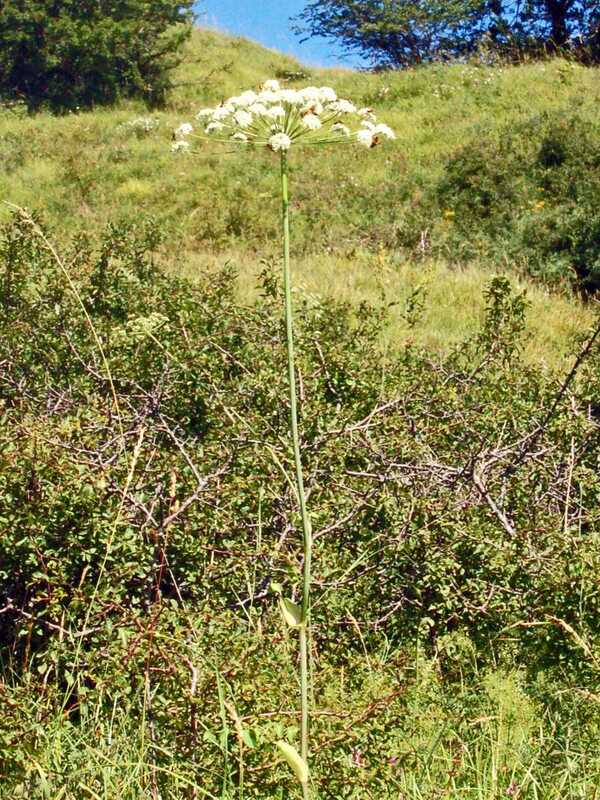Broad-leaved Sermountain, Laserwort, Laserpitium
Laserpitium latifolium

🌿 Morphology
🌞 Growing conditions
🌍 Origin and family
🌾 Uses
Warning: Despite the care taken in writing this sheet, it is essential to cross-reference sources before using or consuming any plant. When in doubt, consult a qualified professional
Permaculture uses
Broad-leaved Sermountain is primarily a visually appealing addition to a permaculture garden, attracting pollinators like bees and butterflies with its umbels of white flowers. While not a primary food source, young leaves can be used sparingly in salads when very young. The plant's deep roots help with soil stabilization, and the dense foliage provides ground cover. It has no medicinal uses.
Permapeople description
Laserwort is a perennial plant with broad leaves and umbels of white flowers. It is native to Europe and Asia.
Botanical description
Laserpitium latifolium is a perennial herbaceous plant belonging to the Apiaceae family. It typically grows to a height of 1-2 meters (3-6 feet). The stem is erect, grooved, and branching. The leaves are large, broad, and divided into leaflets, giving it a lush appearance. The flowers are small, white, and arranged in large, flat-topped umbels. Flowering occurs in summer. The fruit is a dry schizocarp. It prefers well-drained soil and full sun to partial shade. It is native to Europe and Western Asia.
Companion planting
Laserpitium latifolium benefits from companion plants that attract pollinators. It generally does well alongside other meadow plants. There are no specific antagonistic relationships known.
Propagation methods
Propagation is primarily achieved through seeds. Seed germination can be improved by stratification (cold treatment). Root division is possible in the spring or autumn for established plants. Cuttings are generally not a viable propagation method.
History and traditions
Historically, Laserpitium species were valued for their resinous sap, which was used medicinally. However, Laserpitium latifolium itself has less documented traditional use compared to its relatives. Some historical texts mention similar species being used as diuretics and to treat respiratory ailments. Overall, it isn't a plant with strong historical use in human culture.
Usage calendar
Flowering occurs from June to August. Seed collection takes place from August to September. Planting is best done in spring or autumn. Pruning to remove spent flower heads can be done in the fall.
